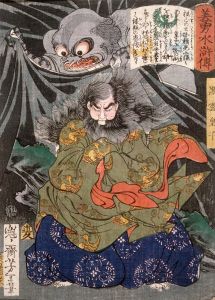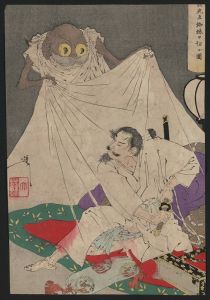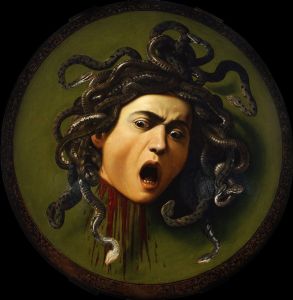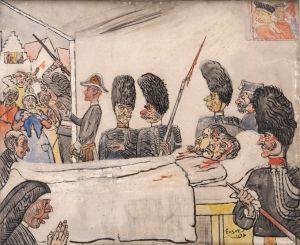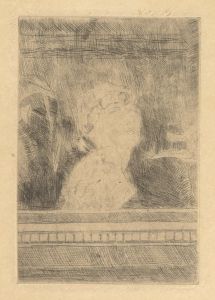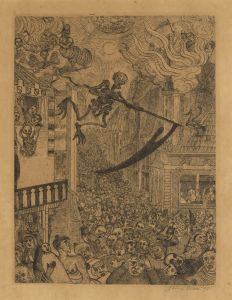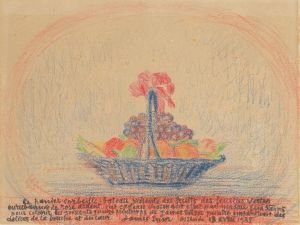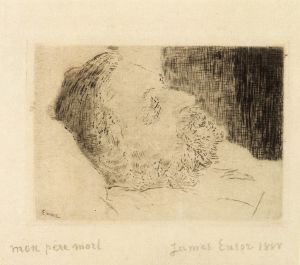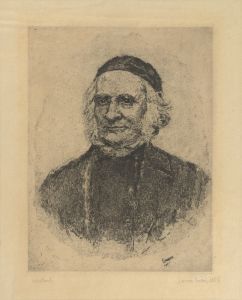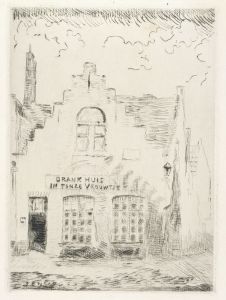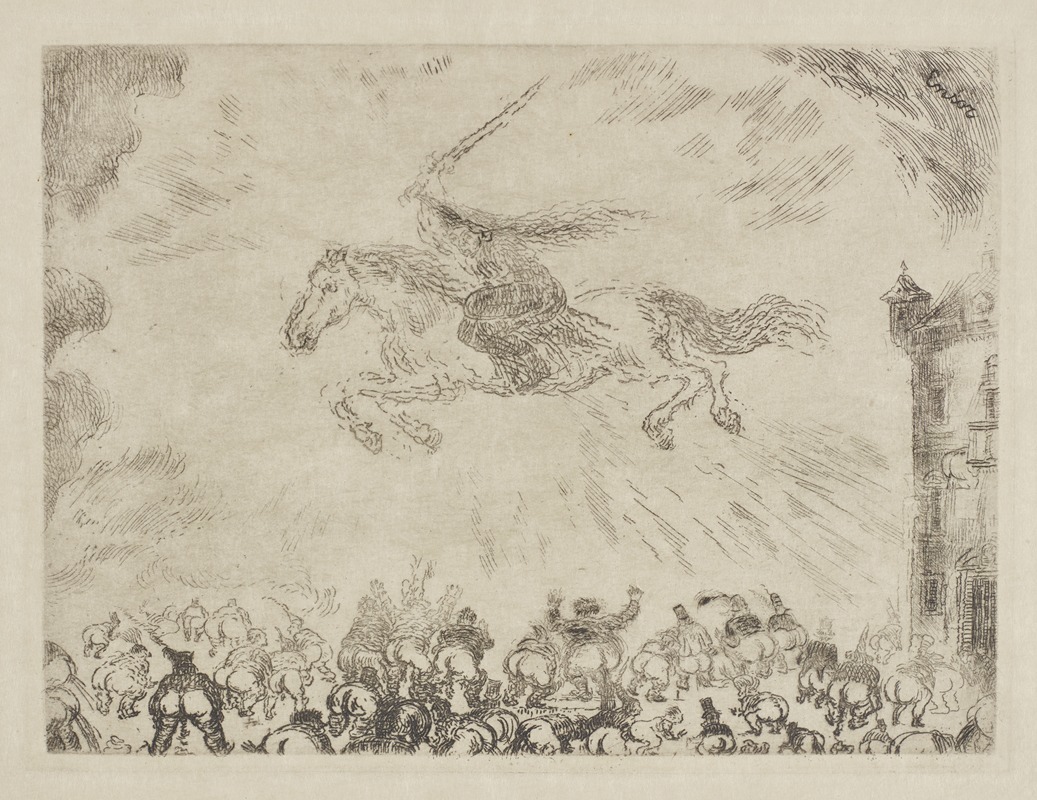
De engel des verderfs
A hand-painted replica of James Ensor’s masterpiece De engel des verderfs, meticulously crafted by professional artists to capture the true essence of the original. Each piece is created with museum-quality canvas and rare mineral pigments, carefully painted by experienced artists with delicate brushstrokes and rich, layered colors to perfectly recreate the texture of the original artwork. Unlike machine-printed reproductions, this hand-painted version brings the painting to life, infused with the artist’s emotions and skill in every stroke. Whether for personal collection or home decoration, it instantly elevates the artistic atmosphere of any space.
James Ensor's painting "De engel des verderfs" (The Angel of Death) is a notable work by the Belgian artist, who is renowned for his unique style that blends elements of symbolism, expressionism, and surrealism. Ensor, born in 1860 in Ostend, Belgium, was a pivotal figure in the transition from 19th-century realism to 20th-century modernism. His work often features fantastical imagery, grotesque figures, and a vivid use of color, reflecting his interest in themes of death, the macabre, and the absurdity of human existence.
"The Angel of Death" is a compelling example of Ensor's fascination with mortality and the supernatural. The painting depicts a skeletal angel, a recurring motif in Ensor's oeuvre, which symbolizes the inevitability of death and the transient nature of life. This skeletal figure is often interpreted as a critique of societal norms and the hypocrisy Ensor perceived in the world around him. The angel's presence in the painting serves as a reminder of the omnipresence of death and the futility of earthly concerns.
Ensor's use of color in "The Angel of Death" is particularly striking. He employs a vibrant palette that contrasts with the somber theme of the painting, creating a sense of tension and unease. This juxtaposition is characteristic of Ensor's work, where bright, almost garish colors are used to depict dark and unsettling subjects. The technique draws the viewer's attention and evokes a visceral emotional response, compelling them to confront the themes of mortality and decay.
The composition of the painting is also noteworthy. Ensor's use of space and perspective often defies conventional norms, creating a sense of disorientation and chaos. This approach reflects his interest in challenging traditional artistic conventions and exploring new ways of visual expression. In "The Angel of Death," the skeletal figure dominates the canvas, its wings spread wide, casting a shadow over the scene below. This composition emphasizes the angel's power and the inevitability of its presence.
James Ensor's work, including "The Angel of Death," had a significant influence on later artists and movements. His exploration of the grotesque and the fantastical prefigured elements of surrealism and expressionism, and his bold use of color and form inspired many 20th-century artists. Ensor was a member of the avant-garde group Les XX, which played a crucial role in promoting modern art in Belgium and beyond.
In recognition of his contributions to art, Ensor was knighted by King Albert I of Belgium in 1929, and his work continues to be celebrated for its originality and impact. "The Angel of Death" remains an important piece within Ensor's body of work, exemplifying his innovative approach to art and his enduring fascination with the themes of life and death.
Overall, "The Angel of Death" by James Ensor is a powerful representation of the artist's unique vision and his ability to convey complex themes through striking imagery and bold artistic techniques.





